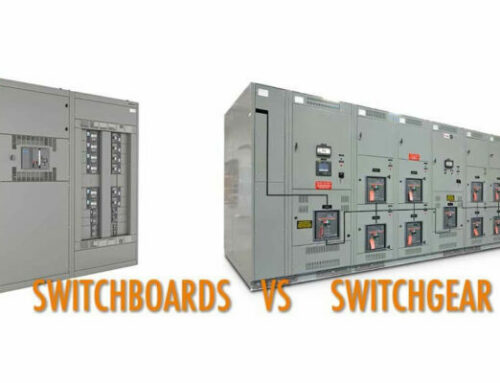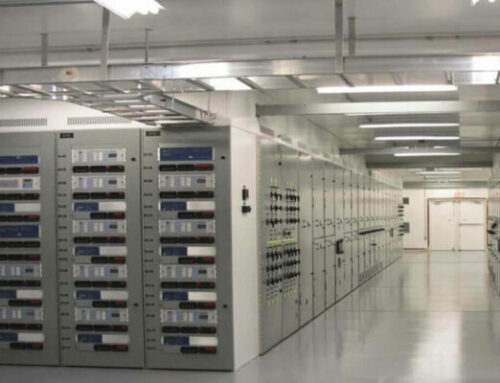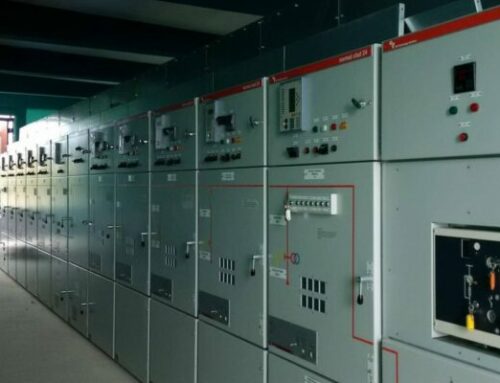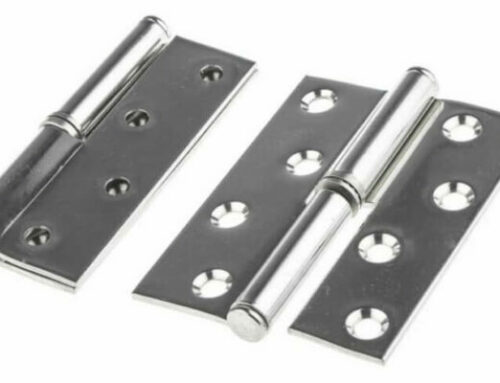Stainless steel casings are known for their sleek looks and durability. But that’s not all they offer. There are several other advantages that make them ideal for a wide range of applications. The purpose of this article is to help you decide if stainless steel enclosures are the right material for your project.
1. Stainless steel case
Stainless steel cases are usually made from a special type of steel alloy that contains a certain amount of chromium along with other metals such as nickel and molybdenum. This composition gives steel excellent corrosion resistance properties. Stainless steel is also known for its smooth appearance and ability to resist corrosion, among other benefits. There are two main grades of stainless steel used by enclosure manufacturers: 304 and 316.
1) 304 stainless steel shell
304 steel is also known as bendable steel, which can be easily processed into various shapes. This makes it a popular choice for making enclosures. 304 stainless steel cabinets are also economical considering this enclosure material is less expensive than 316 steel.
2) 316 stainless steel shell
Grade 316 stainless steel has less chromium than grade 304. It also has a higher nickel content and offers better corrosion resistance. Therefore, 316 stainless steel housings are often used in marine environments with high salt content.
2. Advantages of stainless steel housing
Stainless steel housings offer several advantages over other housing materials such as aluminum, plastic, or fiberglass. These advantages include:
1) Superior corrosion resistance
One of the greatest advantages of stainless steel enclosures is their corrosion resistance. This is thanks to the chromium content in the steel, which forms a protective oxide layer on the surface of the metal. This layer acts as a barrier between the metal and the environment, helping to prevent further corrosion.
This means you can use them in a variety of environments, both indoors and outdoors. In food processing plants, where there is a lot of moisture in the air, or in coastal areas where salt water is present, NEMA stainless steel enclosures are used.
For example, I have a friend who has a warehouse guardrail business on the coast. Once he invited me to visit his factory, and I found that his factory used stainless steel electrical housing. He told me that the stainless steel casing is corrosion-resistant and suitable for use in coastal areas.
2) Excellent aesthetic appeal
Another advantage of stainless steel cases is their aesthetics. This material has a natural luster that will add a touch of elegance to any setting. And because it’s so durable, it’ll keep its good looks for many years to come.
This makes them ideal for use in a variety of environments, from business to home. Common examples include using them in office environments and commercial buildings. As a result of their sterile appearance and easy-to-clean surface, stainless steel electrical enclosures are also commonly used in laboratories and hospitals.
3) Low maintenance
Another major advantage of stainless steel enclosures is that they are low maintenance. This means you don’t need to spend time and money keeping them clean and free from rust or corrosion.
Usually, just a quick wipe with a damp cloth will keep them looking like new. Not only will this save you time and money, but it will also help extend the life of your product. Plus, you don’t have to worry too much about it too soon, since the stainless steel casing is extremely durable.
4) The stainless steel shell is widely used
The versatility of stainless steel enclosures is another great advantage. They are available in different types depending on the material composition and can be used in a wide range of applications. For example, some types are better suited for use in harsh environments, while others are more resistant to corrosion.
Additionally, they can be customized to meet your specific requirements. This means you get a custom stainless steel case that is the perfect product for your needs without compromising on quality or performance
5) They are heat and fire resistant
One of the greatest advantages of stainless steel enclosures is their ability to withstand high temperatures. This means you can use them in applications where other materials would be damaged or destroyed by heat.
These can be used in boiler rooms or engine compartments, for instance. In these environments, these housing types are less likely to be damaged, making them ideal for use in a variety of environments, in addition to ensuring their longevity.
3. Stainless steel shell cost
Stainless steel is generally more expensive than other types of metals used to make housings. However, the extra cost is often worth it due to the many advantages they offer. Plus, because their stainless steel housings are versatile and durable, you won’t have to replace them as often as you would with other materials.
Over time, this helps offset the initial cost and makes them a more cost-effective option in the long run. Stainless steel electrical enclosures are commonly used for the following applications:
- Harsh environment
- Food processing plants
- Coastal area
- Laboratory
- Hospital
- Boiler Room
- Engine compartment
In these environments, stainless steel enclosures or cabinets must withstand extreme temperatures, humidity, and other conditions without rusting or corroding.
- For example, enclosures in food processing plants must be chemically resistant.
- In coastal areas, they must be resistant to salt spray and other corrosive elements.
- Due to their sterile appearance and easy-to-clean surface, stainless steel electrical enclosures are also popular in laboratories and hospitals.
The durability, aesthetics, and low maintenance of stainless steel enclosures make them an excellent choice for any environment. A wide range of uses and environments are often accommodated by stainless steel enclosure manufacturers.
4. Conclusion
Stainless steel enclosures offer many advantages over other types of enclosures, making them a popular choice for a wide range of applications. Despite the higher cost, these cabinets ensure a longer lifespan and lower maintenance costs over time, making them a more cost-effective option in the long run.






Leave A Comment